
Hey there! Today, let's delve into the fascinating topic of 3D printing on Mars. Can you imagine a future where we can use this advanced technology to build structures on the Red Planet? It might sound like science fiction, but NASA's Swampworks and Rob Mueller are making great progress towards turning this dream into a reality.
NASA's Swampworks division is dedicated to developing innovative solutions for future space missions. They are exploring the possibility of utilizing 3D printing technology to construct habitats and infrastructure on Mars. This revolutionary concept has the potential to transform the way we approach space exploration and colonization. So, let's explore the exciting details of this groundbreaking initiative!
The Promise of 3D Printing on Mars
3D printing, also known as additive manufacturing, allows objects to be created by adding layer upon layer of material. This technology has already revolutionized various industries on Earth. Now, imagine harnessing its power to build structures on another planet!
Mars presents a unique challenge when it comes to conventional construction methods. The distance, limited resources, and inhospitable environment make it difficult to transport construction materials and support a large crew of builders. However, by employing 3D printing technology, these hurdles can be overcome.
1. Reducing Dependency on Earth
One of the primary advantages of 3D printing on Mars is the reduced reliance on Earth for construction materials. By using locally available resources, such as Martian soil or regolith, the need to transport heavy construction materials from Earth can be minimized. This not only lowers the cost of future missions but also enables sustainable long-term colonization efforts.
2. Efficient and Time-Saving
Traditional construction methods on Mars would require extensive planning, resource allocation, and human labor. In contrast, 3D printing offers a more efficient and time-saving solution. Automated robots equipped with 3D printers could work tirelessly to create structures while minimizing human involvement. This allows astronauts to focus on other crucial tasks, such as scientific research and exploration.
3. Customizability and Adaptability
With 3D printing, structures can be tailored to specific needs. The flexibility of this technology allows for customization and adaptability. Habitat modules can be designed to withstand the harsh Martian environment, ensuring the safety and well-being of the astronauts. Additionally, as missions progress and new requirements emerge, structures can be easily modified or expanded without significant disruptions.
The advent of 3D printing on Mars holds immense potential for the future of space exploration and colonization. By leveraging this technology, we can overcome the limitations of traditional construction methods and establish sustainable habitats on the Red Planet.
Challenges and Future Developments
While the concept of 3D printing on Mars is incredibly promising, it's important to acknowledge the challenges that need to be addressed for its successful implementation.
1. Material Suitability: Martian regolith differs significantly from Earth's construction materials. Researchers are actively studying the properties of Martian soil to develop suitable printing materials that can withstand the planet's extreme conditions.
2. Robustness and Durability: Structures built on Mars must be able to endure the planet's thin atmosphere, extreme temperatures, and radiation. Ongoing research focuses on developing innovative construction techniques and materials that can withstand these challenges.
3. Scaling Up: While 3D printing has demonstrated its capabilities on a smaller scale, scaling up the technology for large-scale construction poses additional challenges. Researchers are exploring ways to optimize printing processes and increase the speed and efficiency of construction.
In the coming years, NASA's Swampworks and other space agencies will continue to push the boundaries of 3D printing technology on Mars. Through extensive research, testing, and collaboration, we are edging closer to a future where we can witness the marvels of 3D-printed habitats and infrastructure on the Red Planet.
Conclusion
So, my friend, now you have a glimpse into the fascinating world of 3D printing on Mars. This revolutionary technology has the potential to transform the way we think about space exploration and colonization. With its myriad benefits, from reduced dependency on Earth to customizable and adaptable structures, 3D printing offers a promising path for establishing sustainable habitats on Mars. As we overcome the challenges and make further advancements, the vision of a bustling Martian civilization becomes more realistic than ever before.
Let's keep dreaming big and looking towards the stars!
People Also Ask
Q: How does 3D printing work on Mars?
A: 3D printing on Mars involves using locally available resources, such as Martian soil or regolith, to create structures. Robots equipped with 3D printers deposit layers of the printing material, gradually building up the desired object.
Q: What are the advantages of 3D printing on Mars?
A: The advantages of 3D printing on Mars include the reduction of dependency on Earth for construction materials, efficiency and time-saving, and the ability to customize and adapt structures to specific needs.
Q: What challenges need to be overcome for 3D printing on Mars?
A: Some of the challenges that need to be addressed for successful 3D printing on Mars include developing suitable printing materials, ensuring the robustness and durability of structures, and scaling up the technology for large-scale construction.
If you are searching about Exploring Digital Technologist Careers | Insider Guides you've visit to the right page. We have 25 Pictures about Exploring Digital Technologist Careers | Insider Guides like technologist | The Merchant Stand, Astrochemistry researcher - Stock Image - G365/0018 - Science Photo Library and also Former NASA scientist brings space light to Earth – BIOS. Here it is:
Exploring Digital Technologist Careers | Insider Guides
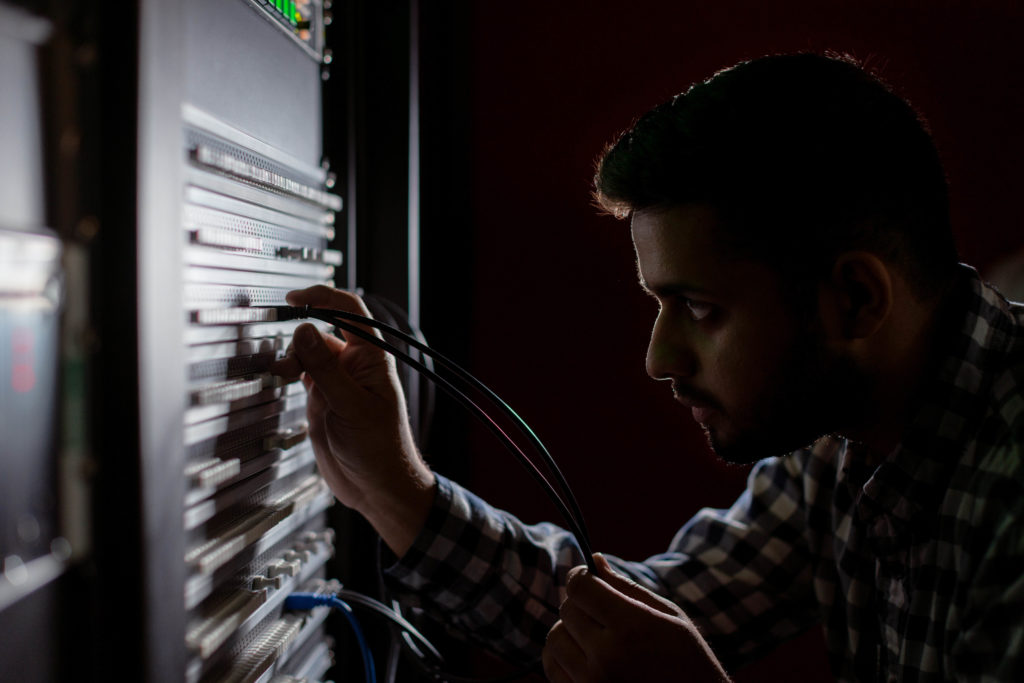 insiderguides.com.au
insiderguides.com.au technologist
Space Physicists Send Instrument To Target Comets
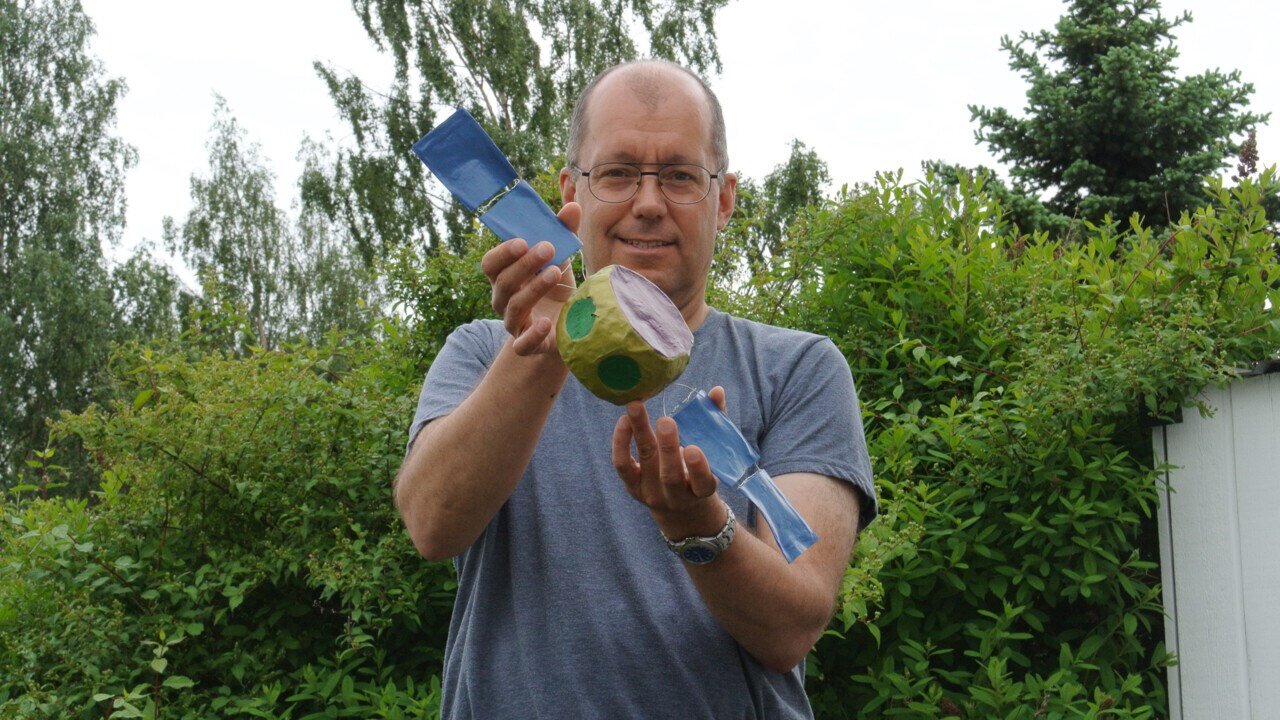 phys.org
phys.org Dartmouth Researchers Contribute To Solving A Quantum Puzzle | (e) Science News
dartmouth quantum solving researchers contribute puzzle mehling joseph college
Why Study Astrophysics? – Pleasants Personal Blog!
astrophysics
SRON - Astrophysics Programme
 home.sron.nl
home.sron.nl astrophysics sron nl
CTA-South Observatory: At The Frontier Between Astronomy And Physics - Pontificia Universidad
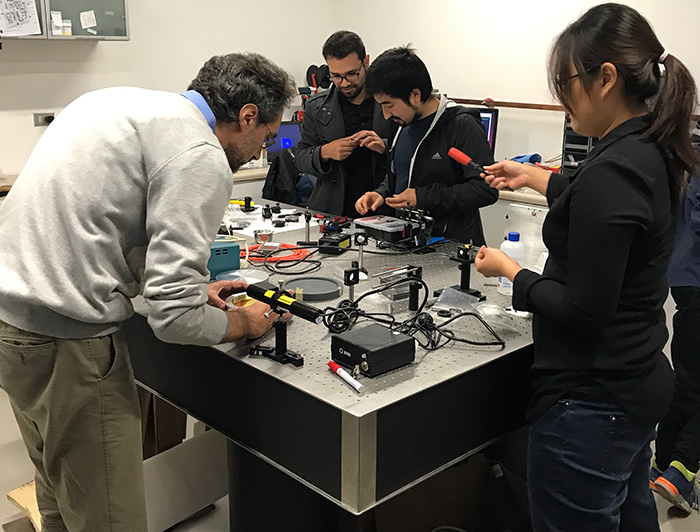 www.uc.cl
www.uc.cl NASA Taps Tech Professor To Lead $15 Million Space Technology Research Institute | Michigan Tech
 www.mtu.edu
www.mtu.edu taps
Astrochemistry Researcher - Stock Image - G365/0017 - Science Photo Library
 www.sciencephoto.com
www.sciencephoto.com astrochemistry researcher
Astronomy & Astrophysics B.S. | University Of Wyoming | Affordable
 www.uwyo.edu
www.uwyo.edu Technologist | The Merchant Stand
technologist nasa materials age atomic space layer gunn gsfc chris credit tag
Engineering Astronomy Research Stock Photos - Image: 30716683
 dreamstime.com
dreamstime.com astronomy cosmos
SRON - Astrophysics Programme
 home.sron.nl
home.sron.nl astrophysics av4us sron unblocked programme nl
SCIENCE & TECHNOLOGY - Space Research - Part 1 - YouTube
 www.youtube.com
www.youtube.com Engineering Astronomy Research Stock Image - Image Of Cyber, Engineering: 30704199
 www.dreamstime.com
www.dreamstime.com research astronomy engineering preview
AIChE Computing & Systems Technology Division (CAST)
technology engineering computing cast computer physics systems astronomy geosciences engineer curriculum aiche division chartered valdosta
Astrophysics Research Group | University Of Surrey
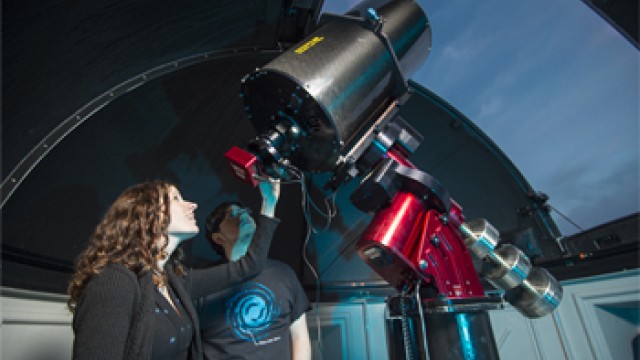 www.surrey.ac.uk
www.surrey.ac.uk astrophysics
Astrochemistry Researcher - Stock Image - G365/0018 - Science Photo Library
 www.sciencephoto.com
www.sciencephoto.com astrochemistry researcher
Careers In Physics | Let's Talk Science
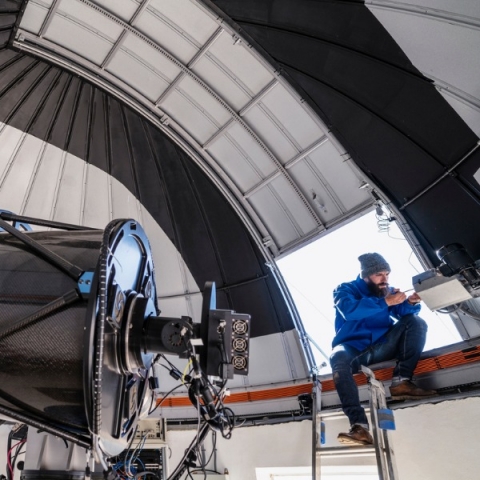 letstalkscience.ca
letstalkscience.ca Physics & Astronomy Faculty Interview - YouTube
 www.youtube.com
www.youtube.com Former NASA Scientist Brings Space Light To Earth – BIOS
 www.bioshumanlight.com
www.bioshumanlight.com nasa scientist brings former earth space light
AskFSU 2- Rob Mueller At NASA Swampworks And 3D Printing On Mars | Nasa, Writing A Book
 www.pinterest.com
www.pinterest.com mueller
Astrophysics Concept Scientific Research Particles Collision Stock Photo - Download Image Now
 www.istockphoto.com
www.istockphoto.com astrophysics collision particles scientific research concept abstract astronomy atom backgrounds
Physics, Engineering And Astronomy
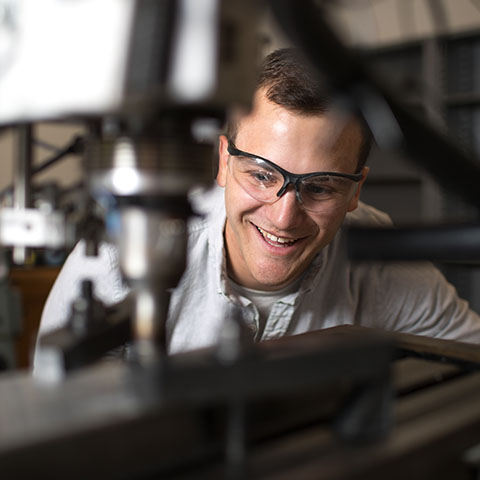 www.apsu.edu
www.apsu.edu physics engineering apsu edu astronomy
MSD And UofL Testing Louisville Wastewater To Track COVID-19 | UofL News
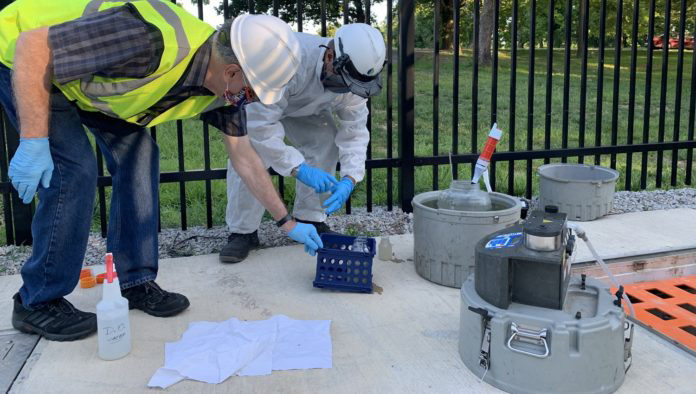 www.uoflnews.com
www.uoflnews.com msd uofl wastewater troy strehl technologist henderson
SRON - Astrophysics Programme
 www.sron.nl
www.sron.nl sron astrophysics netherlands nl research space
Technology engineering computing cast computer physics systems astronomy geosciences engineer curriculum aiche division chartered valdosta. Nasa taps tech professor to lead $15 million space technology research institute. Astrochemistry researcher